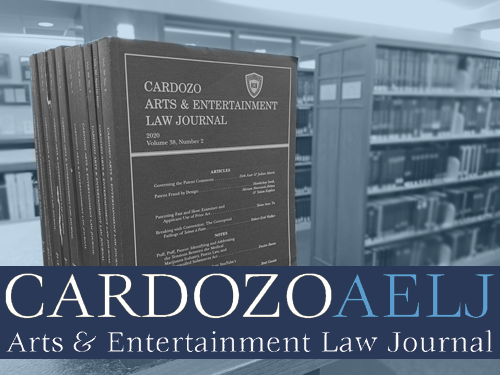Document Type
Article
Publication Date
2-14-2022
Graduation Year
2023
Abstract
When one thinks of art, one generally thinks of something physical. That isn’t the case anymore as non-fungible tokens, or NFTs, are breaking down such notions. NFTs are completely digital, “you can’t touch it, but you can own it.” For starters, “non-fungible” essentially “means that it’s unique and can’t be replaced with something else.” NFTs can basically be anything digital, such as a meme, and is thus, not restricted to drawings or more typical art forms. After a NFT art is created, it is “tokenized on the cryptocurrency service, Blockchain.” Use of the Blockchain system is “useful for tracking copyright ownership and maintaining records of creation.” When an NFT is purchased, that person is receiving a “digital certificate of authenticity.” What distinguishes real-world art from NFTs “is that the artist can now get royalty fees every time the digital piece is sold or traded.”
This post was originally published on the Cardozo Arts & Entertainment Law Journal website on February 14, 2022. The original post can be accessed via the Archived Link button above.
Recommended Citation
Muraca, Caitlin, "The ‘MetaBirkin’ and the Beginning of Trademark Litigation in the NFT Space" (2022). Cardozo Arts & Entertainment Law Journal (AELJ) Blog. 308.
https://larc.cardozo.yu.edu/aelj-blog/308



